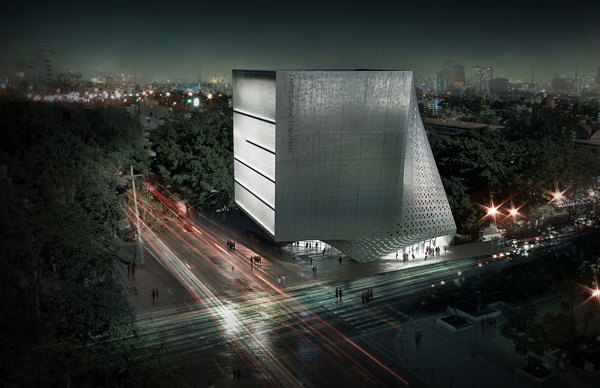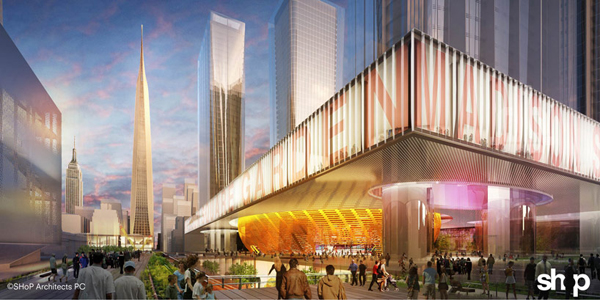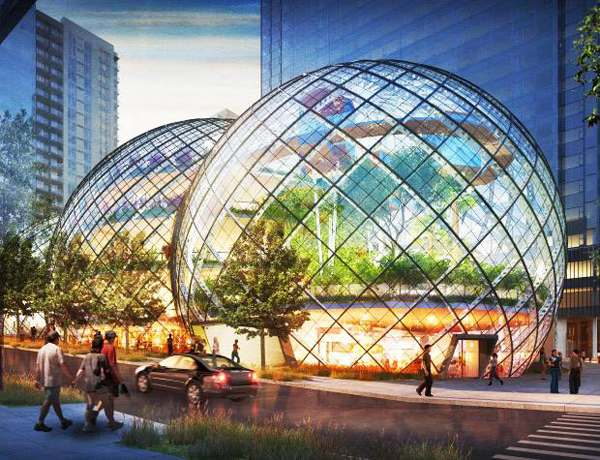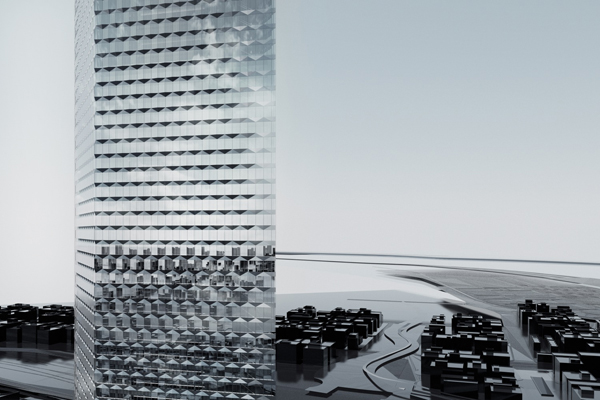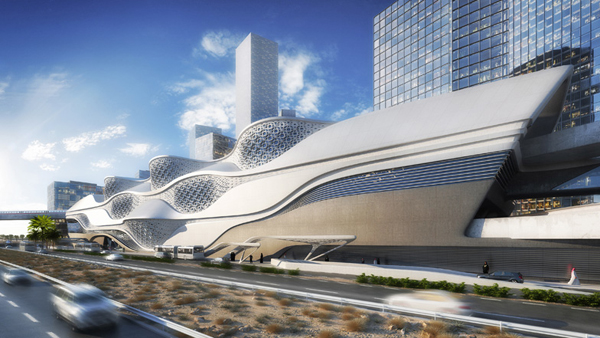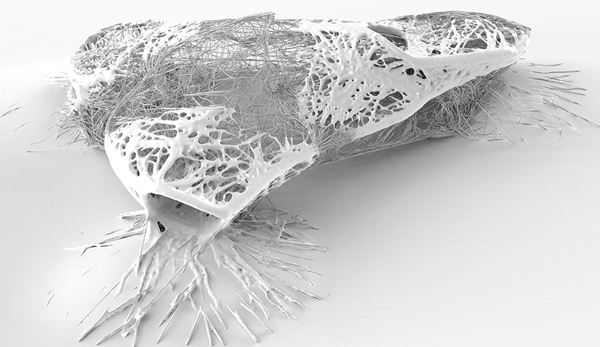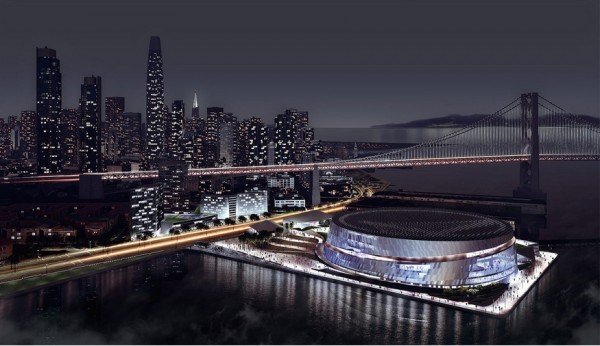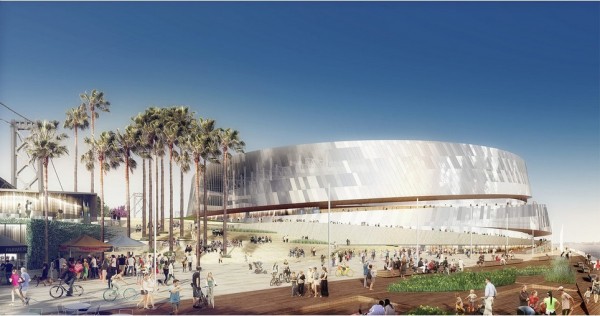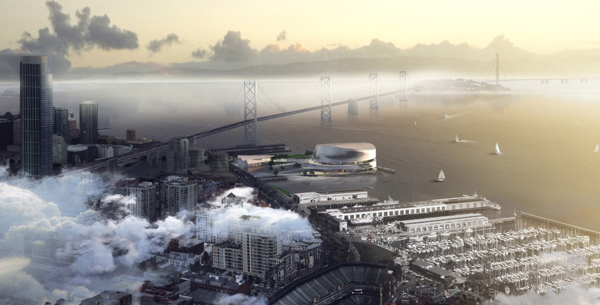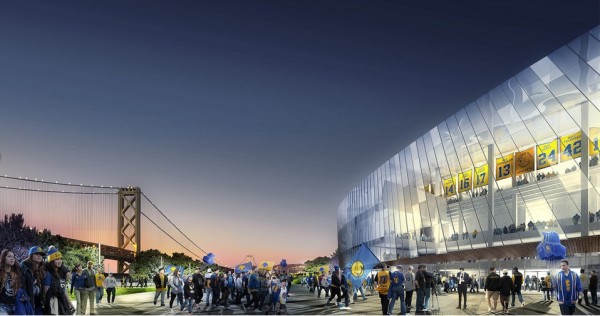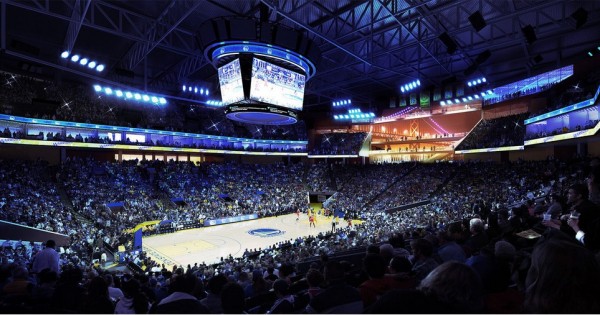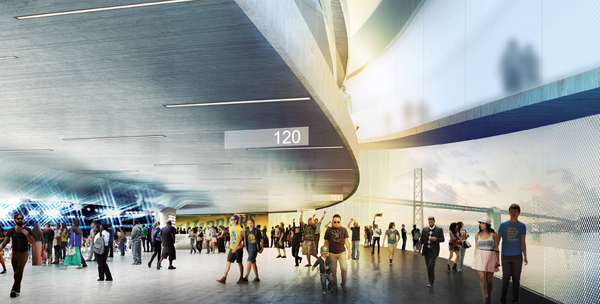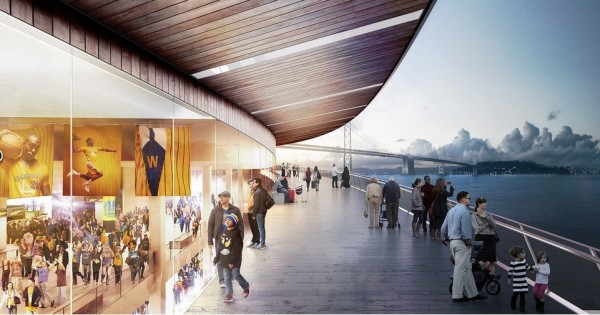Thoughtfully designed as a singular form, the competition entry for Cultural Center in, Mexico, by collaborative design team consisting of architects Adrian Yau, Frisly Colop Morales, Jason Easter, and Lukasz Wawrzenczyk merges the concepts of aesthetics and functionality. The aim was also to create a landmark piece which would eventually become the icon of the city, through subtle yet dynamic form and composition. Simple in its presence and materiality, but monumental in form, the building of Cultural Center seeks to create a city focal point that adapts to the surrounding, establishing itself as the heart of the local community.
Designed as a singular volume, the building is dynamic and active – it significantly changes when viewed from different angles. The northern façade of the building is clad in molten cast glass, therefore providing a preview for the outside crowd – the public is visually connected to the movement of users of the center, through the exhibition halls. The translucency of the glass material highlights the ambient qualities of the interior space. The southern façade, on the other hand, is designed in thoughtful parametric openings, which correspond to the three-dimensional flow of the visitors, connected between each level through the circular staircase. The volume is lower on the southern end, therefore opening up the classrooms to the view of the public. The rooftop above is a garden terrace, designed also to be used as a pre-function space for auditorium. Read the rest of this entry »

